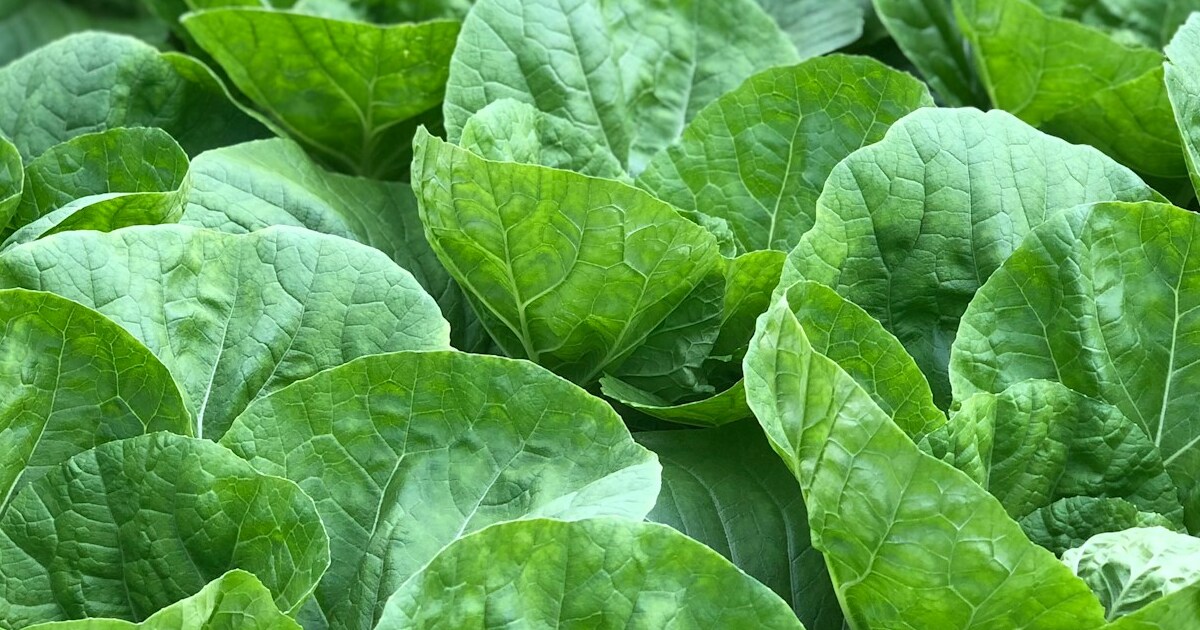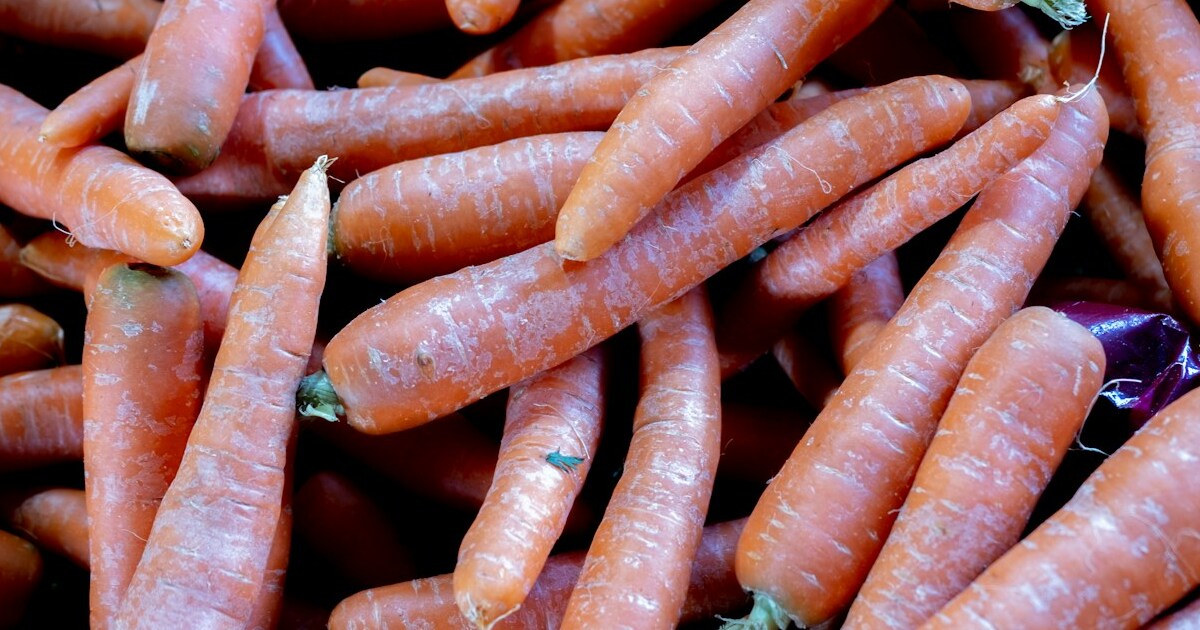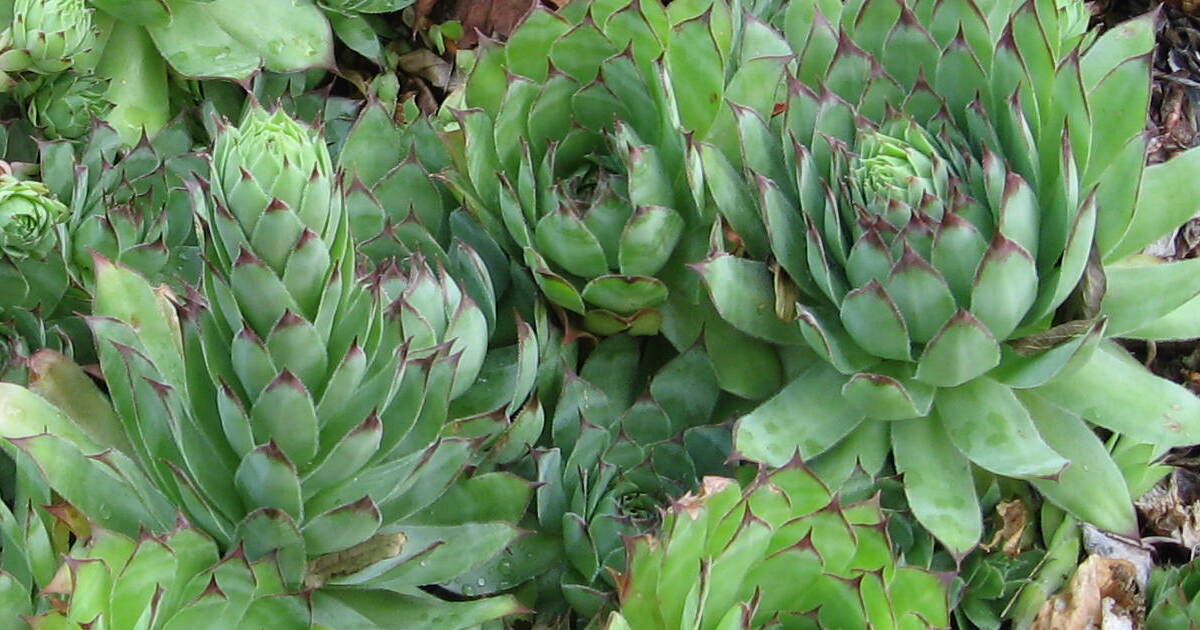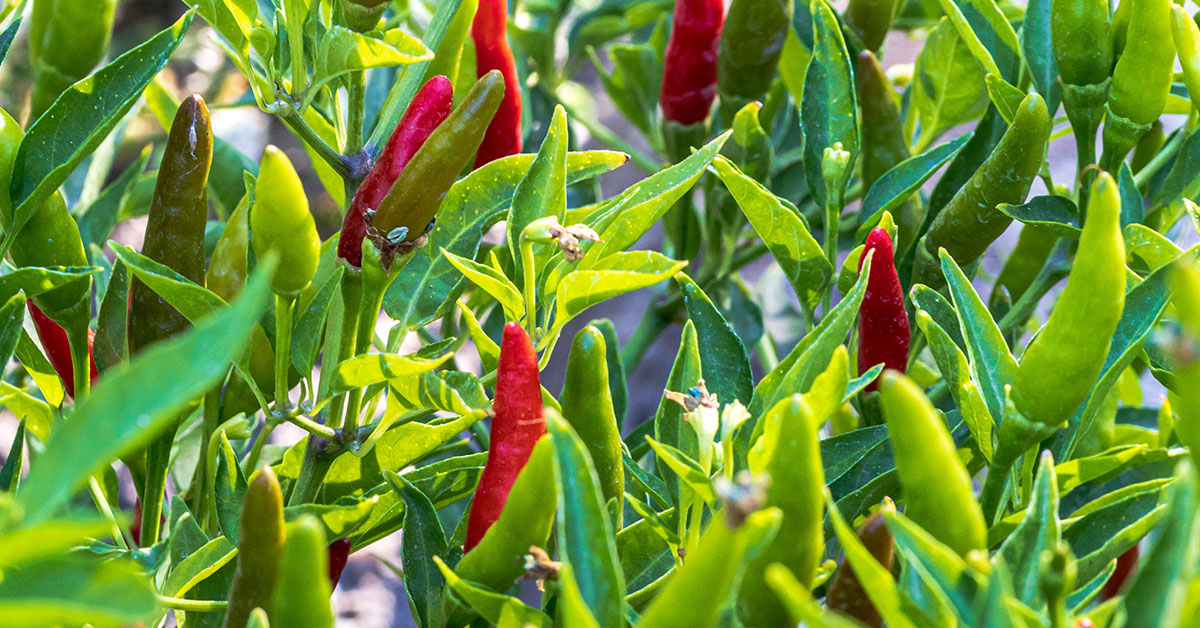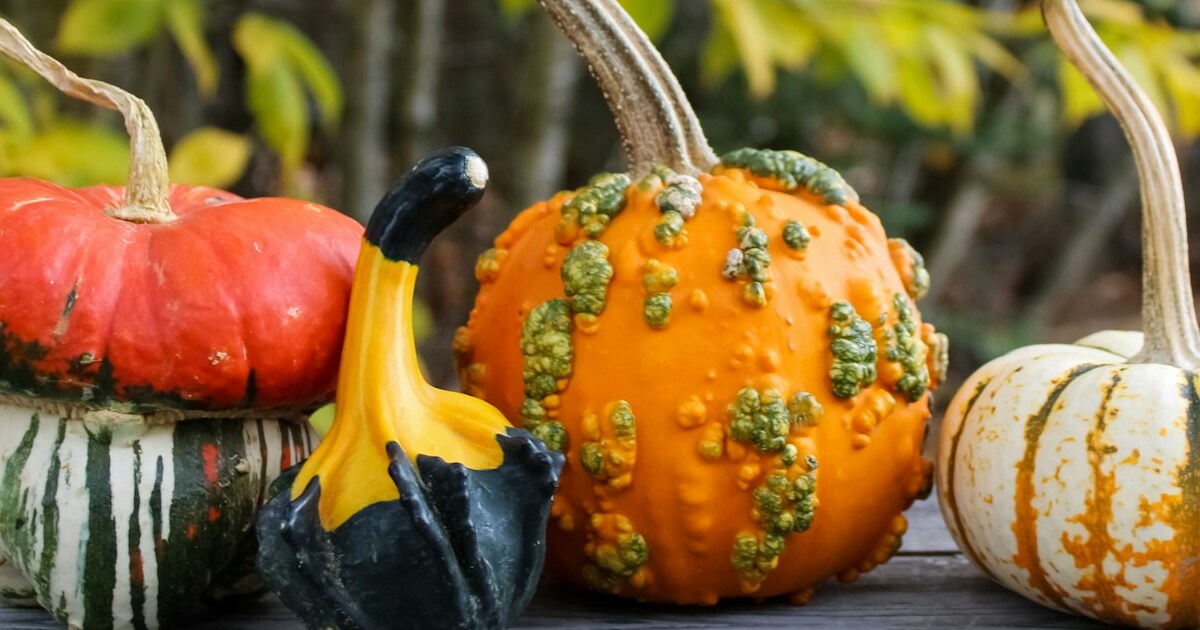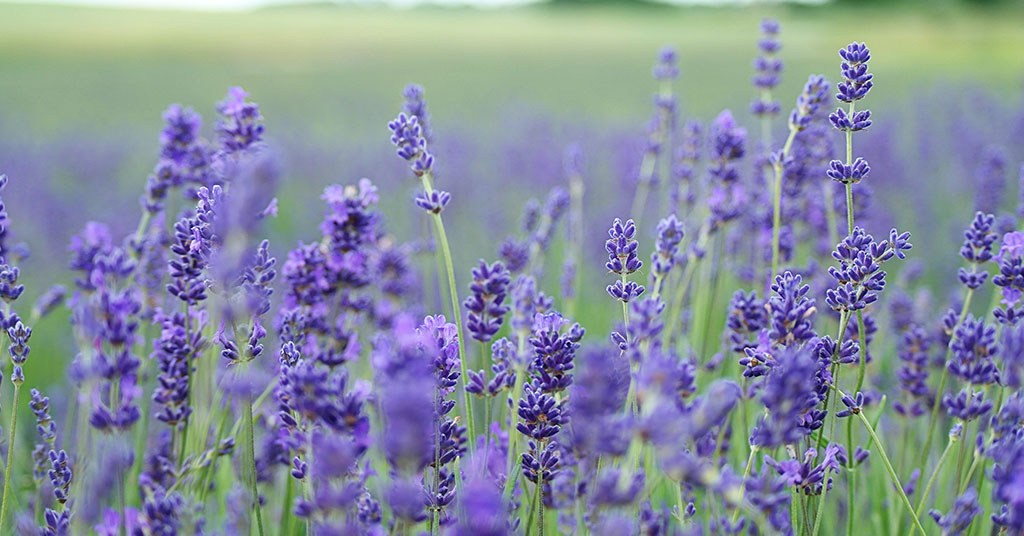Growing onions can feel incredibly rewarding—watching those green shoots rise tall and sturdy with the promise of flavorful bulbs underneath is downright exciting. But then something shifts. Maybe the leaves start to wilt, maybe the base looks mushy, and before you know it, your once-hopeful onion patch starts looking… sad. I know how discouraging it is to go from full of optimism to googling “what’s wrong with my onions” in the middle of the night!
Onions (Allium cepa) are native to Central Asia and have been cultivated for thousands of years. They’re not considered invasive, but they are sensitive to a host of environmental stressors, pests, and diseases. If your onion plants are showing signs of distress, it’s important to act fast—many issues can spiral quickly and affect your entire crop. So let’s go over 11 warning signs that your onions might be in serious trouble—and what you can do about them.
Yellowing and Wilting Leaves
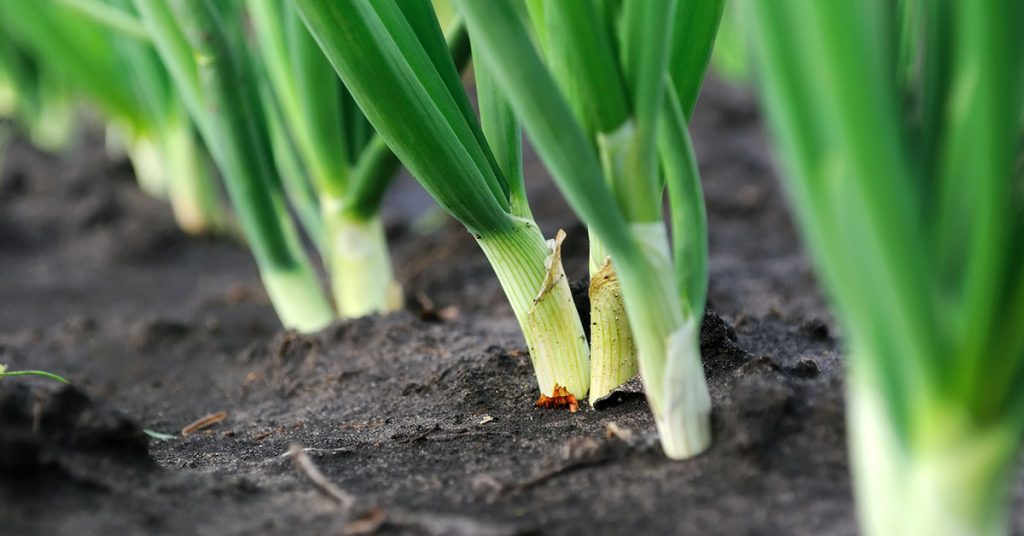
One of the first red flags that something is off is when onion leaves start yellowing from the tips downward, especially if they also wilt or collapse. This could be a sign of overwatering, poor drainage, or even fungal rot setting in below the soil. Unfortunately, it often means the roots or bulb have already been compromised.
Healthy onion leaves should stand tall and firm. If you notice widespread yellowing, gently check around the base of the plant. Soggy, slimy bulbs are a major sign that fungal pathogens like Fusarium or Pythium are at play—often brought on by waterlogged soil. Good drainage is key, and mulching can help regulate moisture and temperature while still allowing the soil to breathe.
Stunted Growth or No Bulb Formation
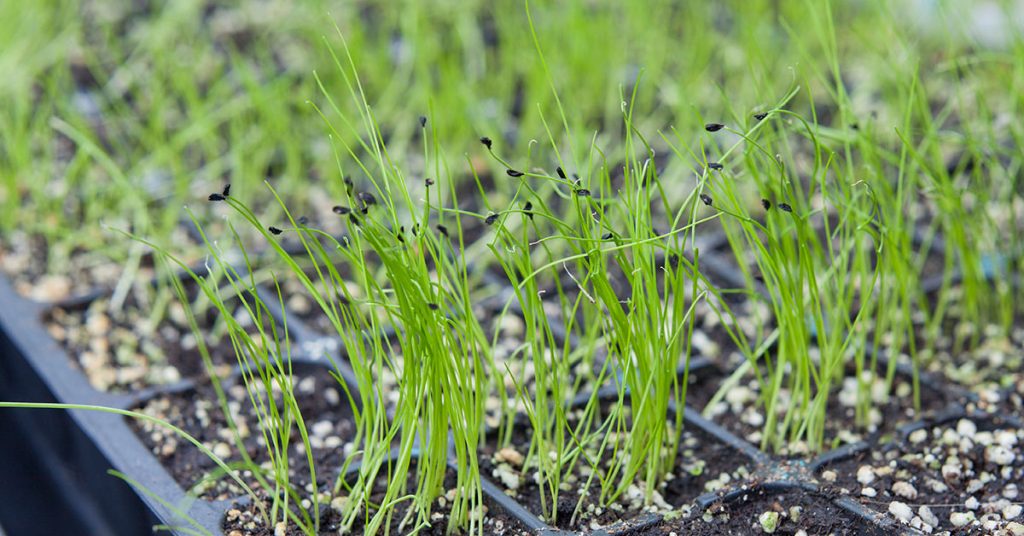
It’s such a letdown when your onions just stop growing or fail to form bulbs at all. If weeks go by and your plants remain small with skinny necks, they could be suffering from nutrient deficiency, overcrowding, or an issue with timing and day length.
Onions are photoperiod-sensitive, meaning they need the right balance of light and temperature to form proper bulbs. Using the wrong type for your region—long-day versus short-day—can lead to stunted growth. Too much nitrogen can also push leaf production at the expense of bulb development. A soil test and choosing the correct variety for your zone can help turn things around next season.
Mushy, Rotten Bulbs
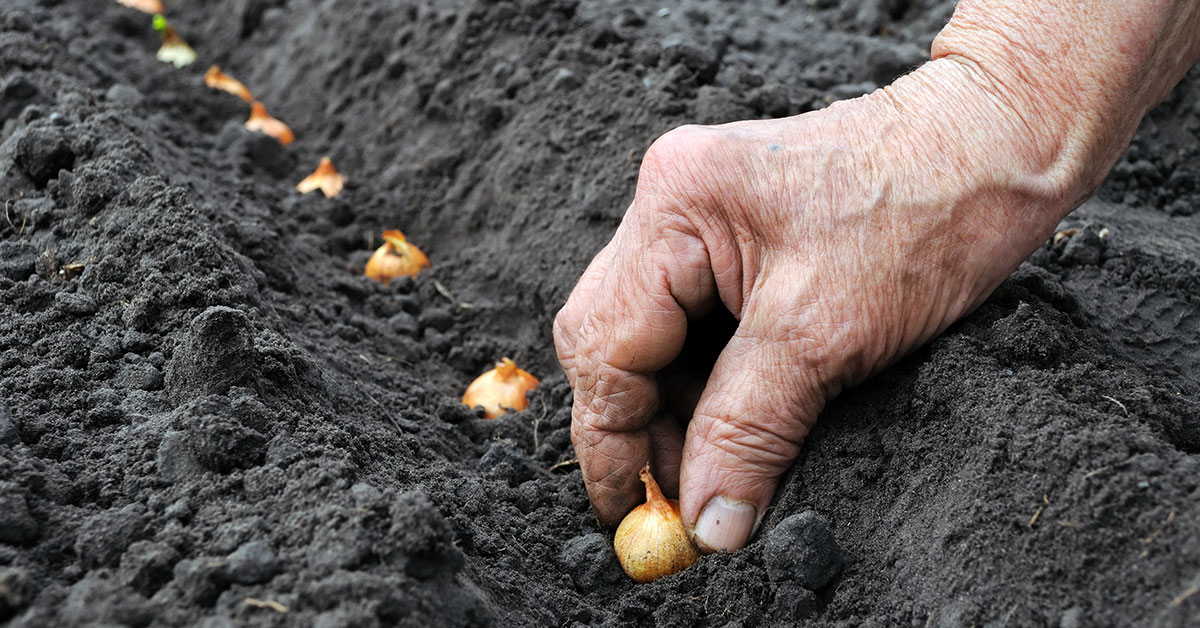
If you dig up your onions and find the bulbs soft, brown, or smelly, you’re likely dealing with rot. This is most often caused by overwatering or by planting in poorly draining soil. Once rot sets in, there’s not much you can do to save the bulb, but removing affected plants quickly can help protect your others.
Rotten bulbs also attract pests like onion maggots and flies, which will happily tunnel into healthy plants nearby. Raised beds, sandy loam soil, and watering at the base in the morning rather than overhead can drastically reduce the chances of rot. Rotting onions don’t just fail to mature—they can take out whole rows if left unchecked!
Twisted, Distorted Leaves
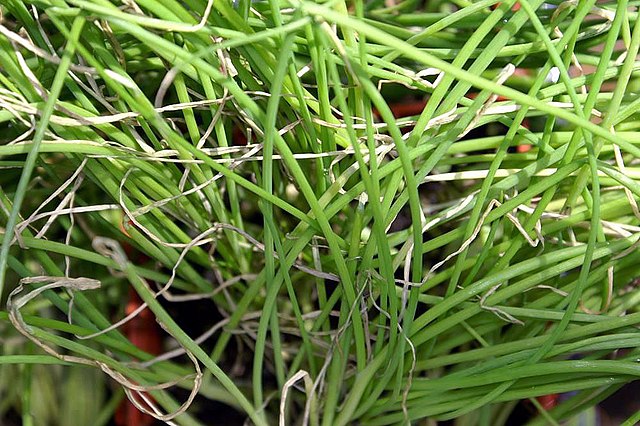
If your onion tops are twisting, curling, or looking oddly distorted, it’s usually a sign of pest pressure. Thrips are a common culprit—they’re tiny, hard to see, and suck the sap out of the leaves, causing them to curl and deform. Left untreated, they can cause serious damage and even stunt the entire plant.
I like to inspect my onions closely if I see any twisting, especially on younger plants. A gentle blast of water, insecticidal soap, or neem oil can help manage small infestations. Encouraging predatory insects like lacewings or ladybugs can also help keep the population in check. Thrips thrive in dry, dusty conditions, so keeping the area moist (but not soggy!) helps disrupt their cycle.
White Fuzzy Growth at the Base

Seeing a fuzzy white mold at the soil line or base of your onion plants is almost always a sign of Sclerotium cepivorum, or white rot. It’s a devastating fungal disease that lives in the soil and can persist for decades. Once it appears, it attacks the bulb and roots, leading to rapid plant collapse.
White rot is tough to control once it’s in your soil, so prevention is everything. Don’t plant onions or related alliums in the same spot year after year—rotate crops diligently. If you’ve had white rot before, solarizing the soil or treating with biofungicides may help, but in some cases, you may need to switch to unrelated crops for a few years. It’s such a frustrating disease, but being vigilant with rotation can keep it at bay.
Sudden Collapse of the Whole Plant

When a healthy-looking onion suddenly topples over, it’s usually not a good sign. This can be due to Downy mildew or Botrytis, both fungal diseases that attack the leaves and eventually weaken the plant’s entire structure. Sometimes, the base is girdled, making it unable to support the top.
You may also see gray or brown lesions on the leaves, or a softening around the neck. Remove infected plants right away to avoid spreading spores. Good airflow, crop rotation, and watering early in the day are your best defenses. You can also plant onions with more spacing to reduce humidity between plants, which fungi love.
Leaves Turning Silvery or Patchy

If you notice your onion leaves developing a silvery sheen or small tan patches, you may be dealing with thrips or even sunscald. Thrips leave behind silvery streaks from their feeding, while sunscald occurs when the leaves are suddenly exposed to intense sunlight after a period of cloud cover or crowding.
In both cases, the plant becomes weakened and may stop growing altogether. Thrips can be managed with regular sprays of neem or spinosad, and using shade cloth in extremely hot climates can help buffer sudden sun intensity. A stressed onion is more likely to bolt or attract pests, so addressing these issues quickly helps your whole bed stay strong.
Premature Bolting
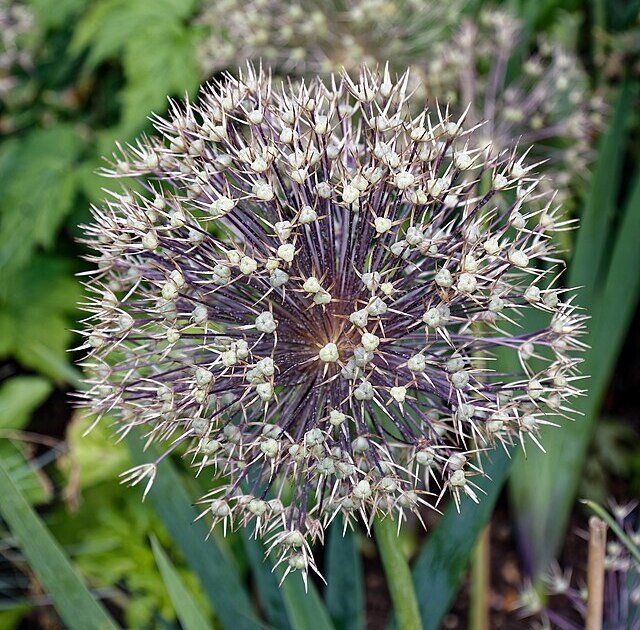
When onions send up flower stalks too early, they’re bolting—and that means the bulb development stops. This usually happens due to temperature swings, such as a warm spell followed by sudden cold. Once an onion bolts, the bulb becomes woody and stops expanding.
Bolting is more common in early plantings or when the wrong variety is chosen for the season. While you can still use bolted onions for cooking (especially the greens), they won’t store well. To reduce bolting, choose bolt-resistant varieties and avoid planting too early. If a few plants bolt, don’t panic—leave one to flower! Onion blossoms attract a variety of beneficial pollinators and predatory insects that help protect your garden.
Bulbs Cracking or Splitting
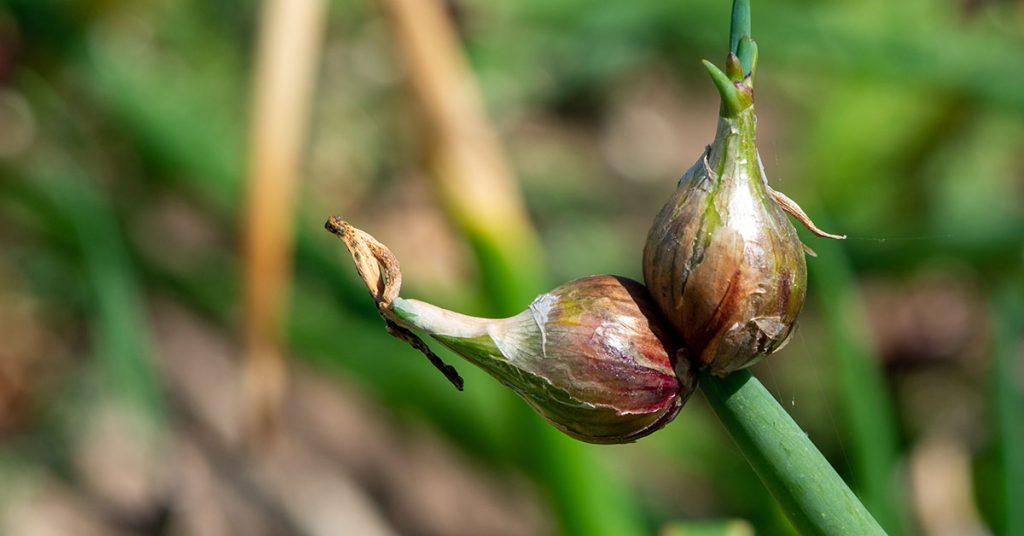
If your onion bulbs are cracking, it’s usually a result of inconsistent watering—especially after a long dry spell followed by heavy rain or irrigation. The sudden influx of moisture causes the bulb to swell too quickly, leading to splits and uneven growth.
While cracked bulbs are still edible, they don’t store as well and are more prone to rot. Maintaining even soil moisture is key. A layer of mulch helps prevent fluctuations and keeps the soil from drying out too quickly. Split bulbs also expose the flesh to pests like onion flies, so keep an eye out for any tunneling or soft spots once cracking starts.
Yellow Tips With Brown Edges
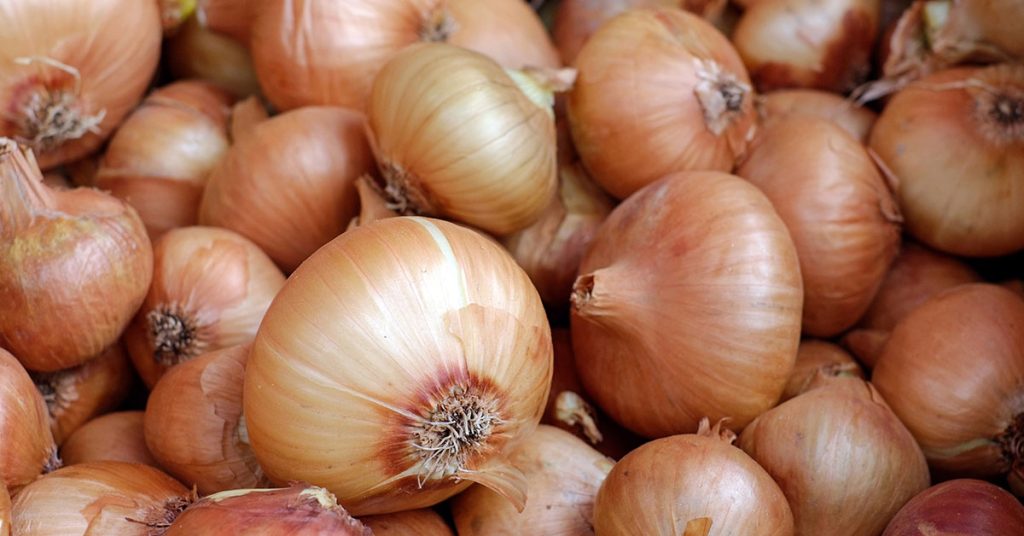
If the tips of your onion leaves are turning yellow or brown, especially with a dry, crispy texture, your plants might be suffering from tip burn due to potassium deficiency or salt buildup in the soil. These symptoms can also show up if you’ve overfertilized or used a high-salt fertilizer blend.
Flush the soil with clean water and switch to a balanced, organic fertilizer if necessary. Compost rich in banana peels or wood ash (in moderation) can gently boost potassium. Tip burn doesn’t usually kill the plant outright, but it does weaken its ability to photosynthesize—and a weak top means a weak bulb underneath!
Soft or Discolored Neck Area
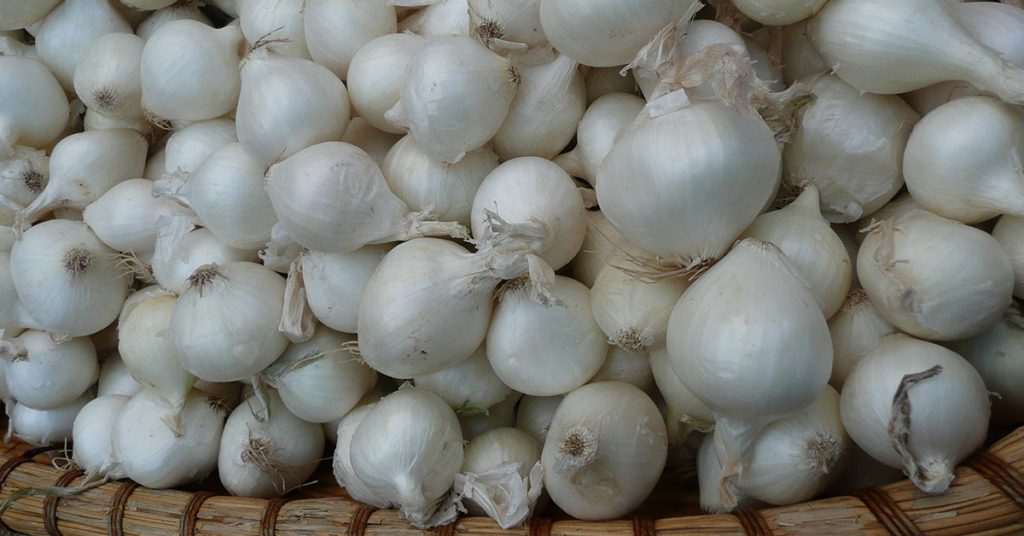
The “neck” of the onion—the area between the bulb and the leaves—should be firm and dry as the plant matures. If it stays soft or begins to discolor, especially with a slimy or sticky feel, the plant may be infected with neck rot, often caused by Botrytis allii.
This type of rot is most often an issue during storage, but it begins in the field. Harvest onions only once the tops have fully fallen over and dried, and make sure to cure them in a warm, dry place with good airflow. Trim the tops after curing to avoid exposing the neck too soon. Keeping that neck healthy is the key to long-term storage and preventing post-harvest disappointment!





